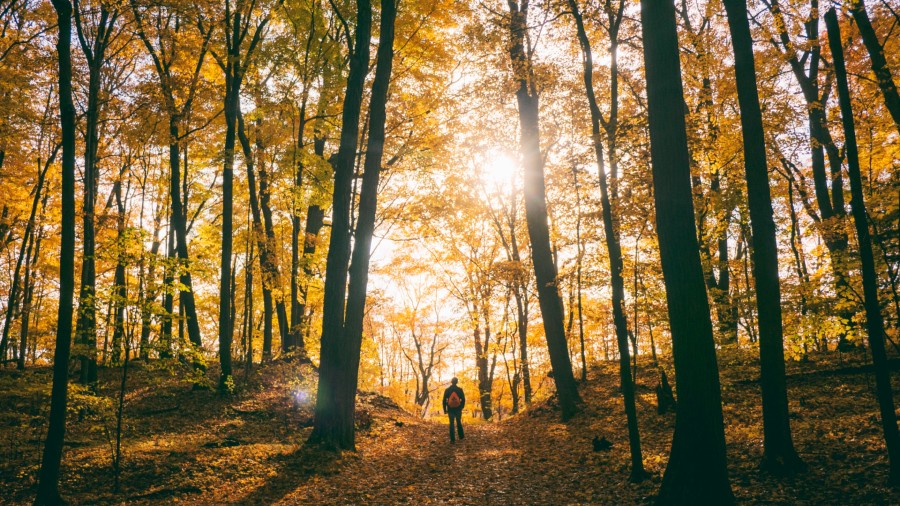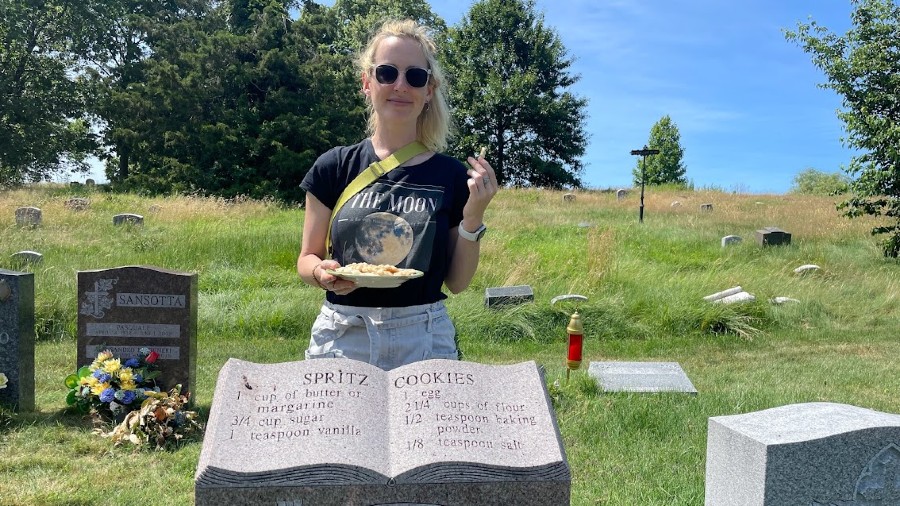America’s Chinatowns need our help before we lose a big piece of immigrant history
Mar 22, 2021, 10:07 PM | Updated: Mar 25, 2021, 1:24 pm

Photo of Seattle ID by An Huynh
Since the shutdown started last March, every restaurant in America has suffered. But those located in Chinatowns may have been hit the hardest. In January 2020, when there were only whispers that COVID-19 had started in China, President Trump began referring to it as the “China flu” and Asian restaurants quickly started to lose customers.
Chinatown, International District restaurants feel the pinch of coronavirus
“The xenophobic rhetoric around the virus originating from Chinese people; people made broad stroke assumptions about the people that work in the neighborhood, the restaurants. So [the restaurants] were on the receiving end of a lot of that misunderstanding and xenophobia,” said Valerie Tran, operations director for Friends of Little Saigon in Seattle.
New York City based, award winning cookbook author Grace Young has made it her mission to save historic Chinatowns across the country.
“Chinatown is in trouble,” said Young on the Serious Eats podcast. “San Francisco’s Chinatown, Washington Post just wrote a piece a few months ago that said it’s struggling for its life. Manhattan’s is exactly in the same position.”
Young says New York City has already lost a few of its legacy Chinese restaurants, places that have been open from 40 to 65 years.
“I just want to remind folks, because it seems that we forget in this country, that America is a land of immigrants and Chinatown is the story of this country,” Young said. “So when we’re saving Chinatown, we’re not just saving some restaurants or some stores, we’re saving a historic immigrant community.”
Seattle also has legacy restaurants in its International District, but so far they’re holding on. Tran says only one restaurant has permanently closed.
“I think a big reason why we’ve been successful, and haven’t seen as many closures as other Chinatowns, is our organizations were able to mobilize very quickly and get access to financial resources very early on, and continued leveraging that through fundraisers and grants by other entities,” Tran said. “We’ve been able to bring in over two million in grants from outside sources and over one million in grants directly from us. That’s still a drop in the bucket compared to the losses that they’ve experienced, but every bit goes a long way.”
Unlike other Seattle neighborhood restaurants, the ID isn’t doing any outdoor dining, which limits how many guests they can serve. Tran says part of that is due to narrow sidewalks that can’t accommodate tables and chairs.
“There’s obviously permitting and guidelines on how to do that,” Tran said. “For language barriers, digital literacy, it’s always that much harder for our businesses to understand how to get permits. For us, to set something up rapidly, and have our businesses benefit from it equitably was really tough.”
Tran said it’s also been a challenge for some business owners to navigate signing up for third party delivery services.
For Young, there’s an easy solution that requires zero bureaucracy: Order food from your favorite Asian restaurants before they shut down and the neighborhoods gentrify.
“To my mind, the only way we can save Chinatown is for us to show up, to bring the business,” Young said. “That’s why I started this Save Chinese Restaurants Instagram campaign. It’s very simple. All it is is posting a photograph of your favorite Chinese dish from your local Chinese restaurant on Instagram with the hashtag #savechineserestaurants and telling your followers to do the same thing. To me, it’s a way to get people conscious that they’ve got to show up.”
It’s more than just keeping restaurants open, it’s preserving a community.
“Your average person may just see the CID as a place for cheap food and a cool backdrop, but it’s so much more than that,” Tran said. “People live there, people rely on it for their livelihoods, people bring their families there to experience something that they miss [from home] deeply. Preserving the place is not just preserving the restaurant or a physical building. It’s about preserving people and community for the future so people have a place that they can call home, a cultural home, and feel like they have a place where they belong and see themselves reflected in it.”
Follow these Seattle accounts on Instagram for updates on the ID restaurant scene:
Chinatown International District Business Improvement Area
Follow @https://twitter.com/imrachelbelle













